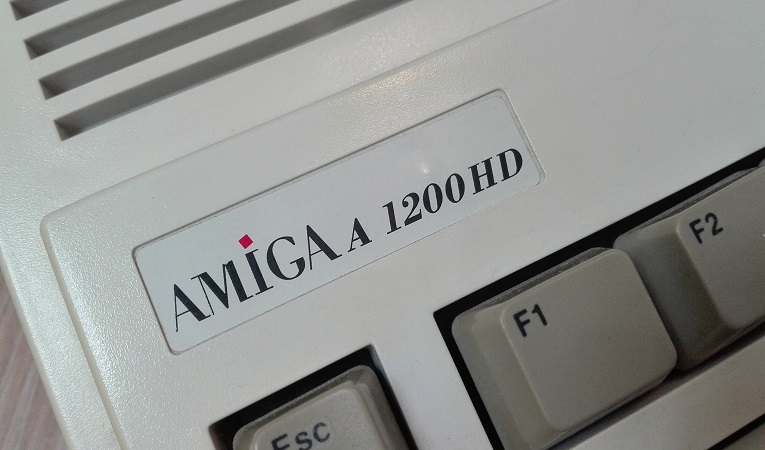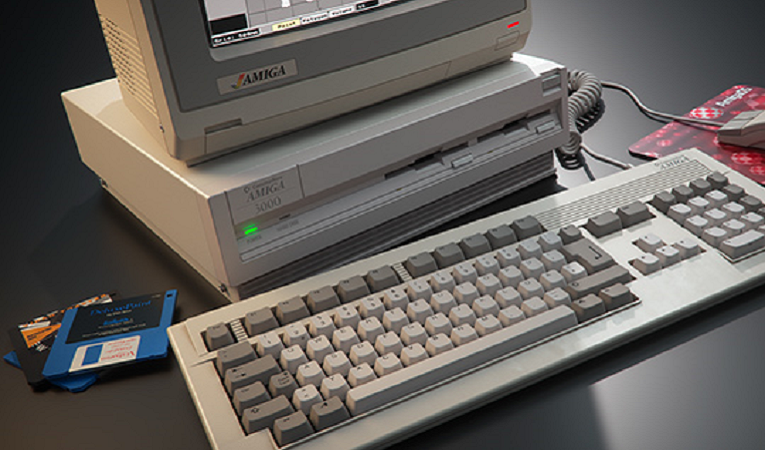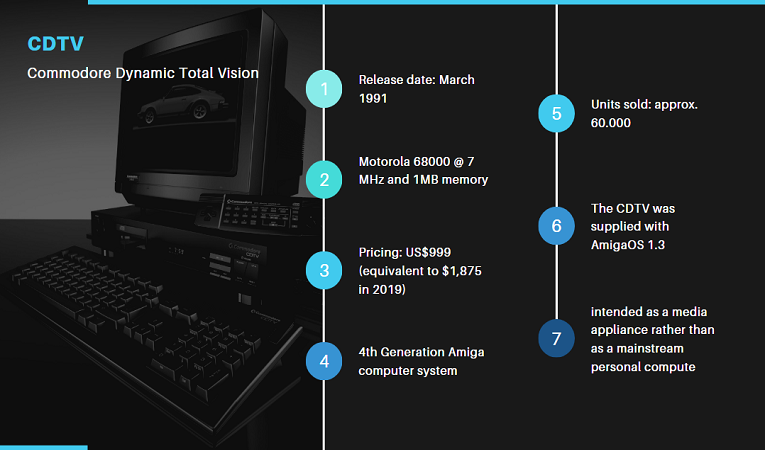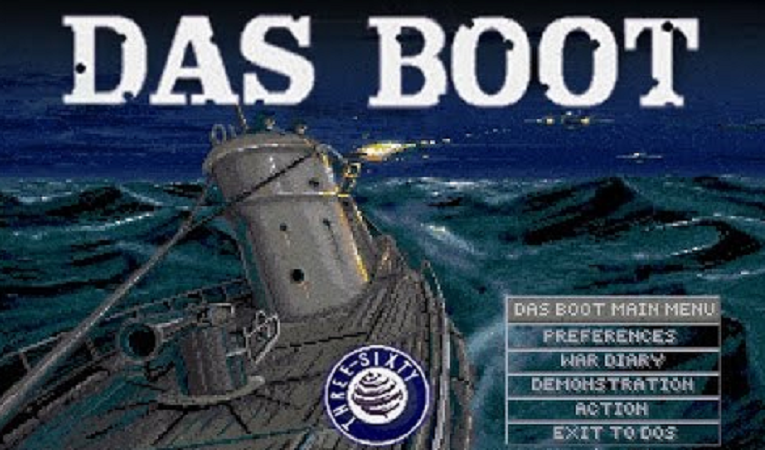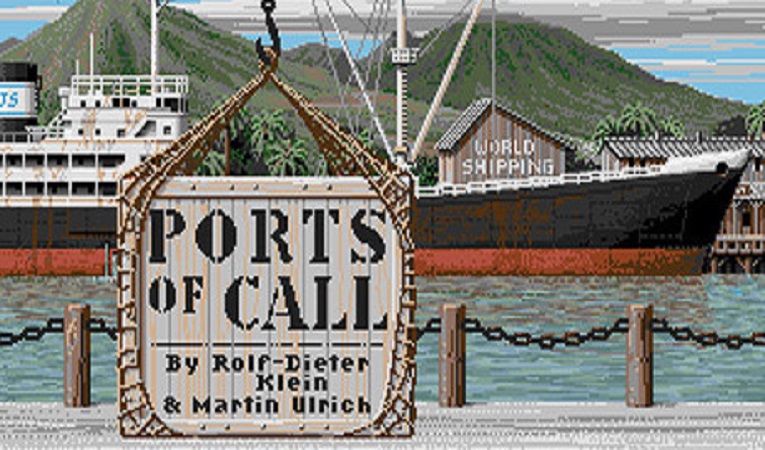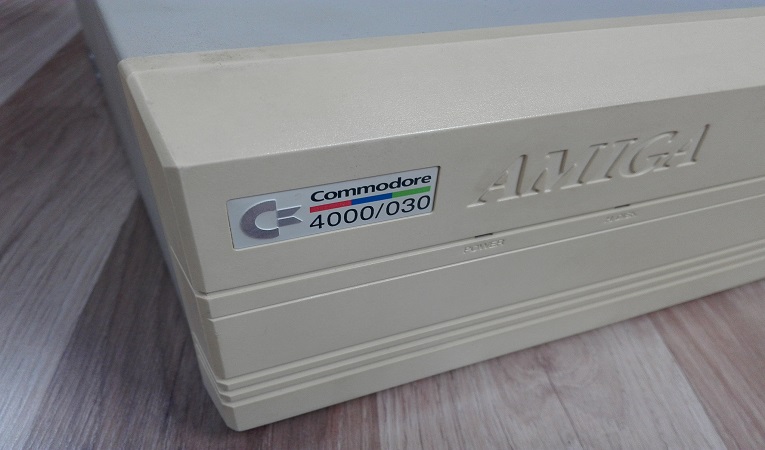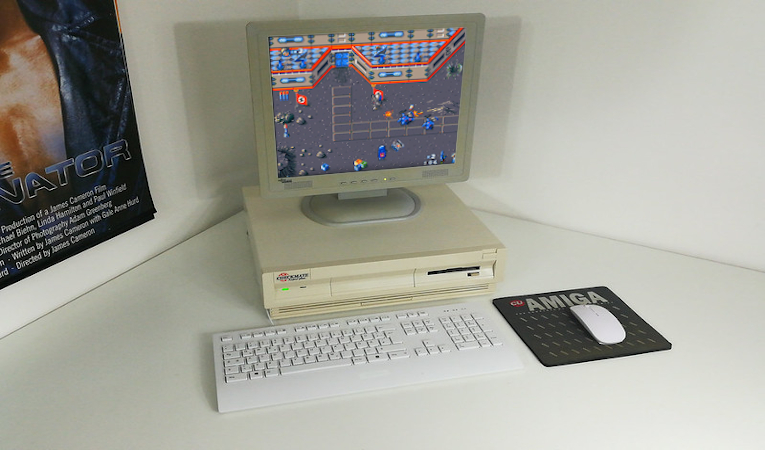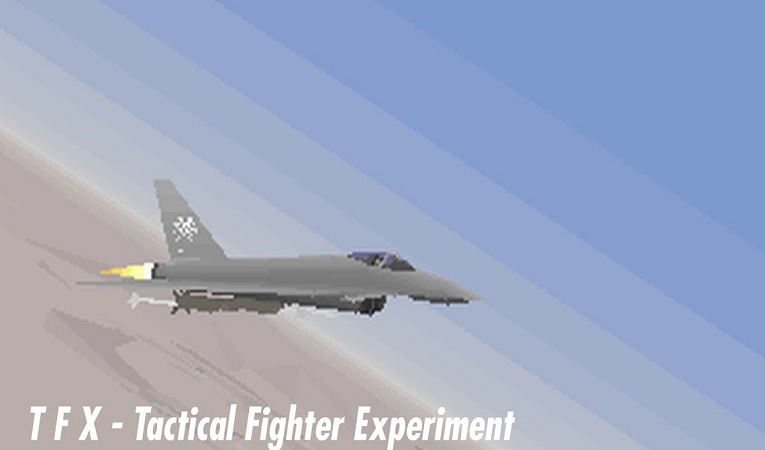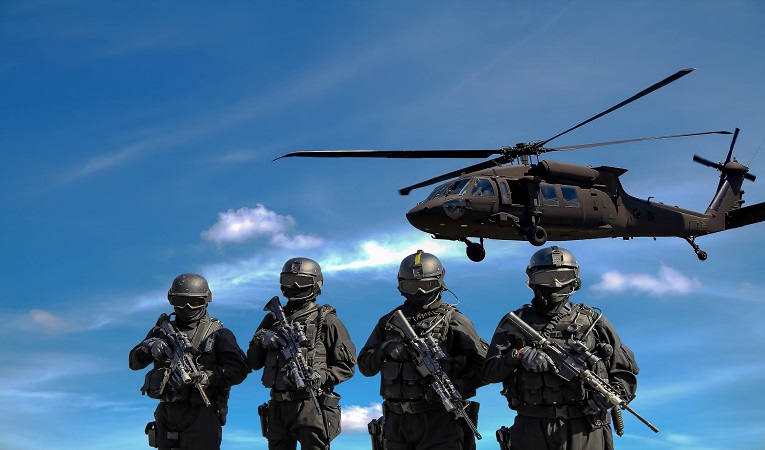
In the 80’s the Commodore Amiga helped companies and governments develop much cheaper and better solutions to computer problems/needs. The Commodore Amiga program Synthetic vision was developed by NASA and the U.S. Air Force in the 80s in support of advanced cockpit research. Development of the High Speed Transport fueled NASA research in the 1980s and 1990s. In the early 1980s, the USAF recognized the need to improve cockpit situation awareness to support piloting ever more complex aircraft, and pursued SVS as an integrating technology for both manned and remotely piloted systems. Synthetic vision provides situational awareness to the operators by using terrain, obstacle, geo-political, hydrological and other databases. A typical SVS application uses a set of databases stored on board the aircraft, an image generator computer, and a display. NASA also used synthetic vision for remotely piloted vehicles , such as the High Maneuvability Aerial Testbed or HiMAT. According to the report by NASA, the aircraft was flown by a pilot in a remote cockpit, and control signals up-linked from the flight controls in the remote cockpit on the ground to the aircraft, and aircraft telemetry downlinked to the remote cockpit displays. The remote cockpit could be configured with either nose camera video or with a 3D synthetic vision display. Watch the Youtube Video for more details about the US military using the Commodore Amiga 2000…
news source: Amigagang / image source: Pexels / watch on Youtube
